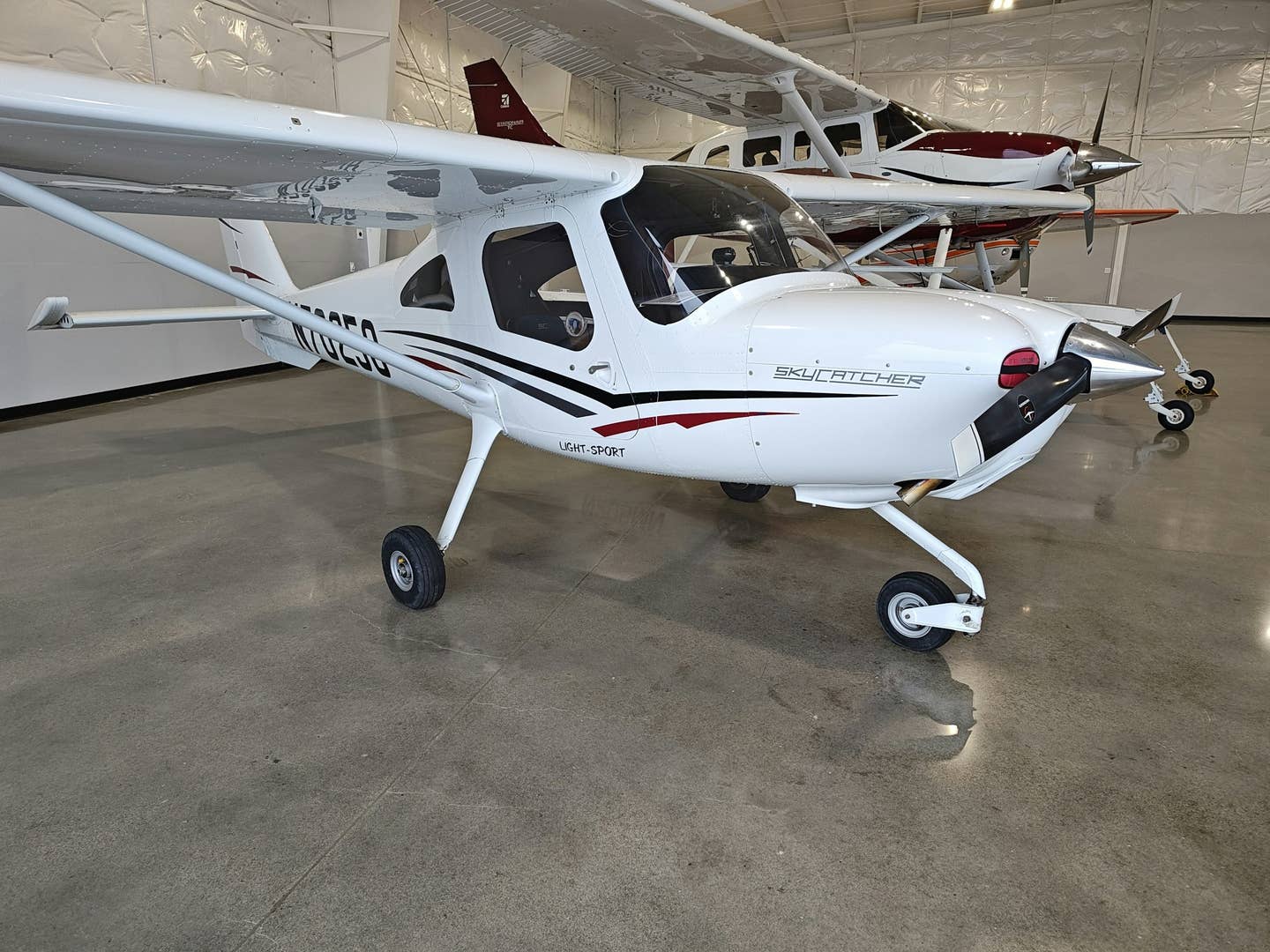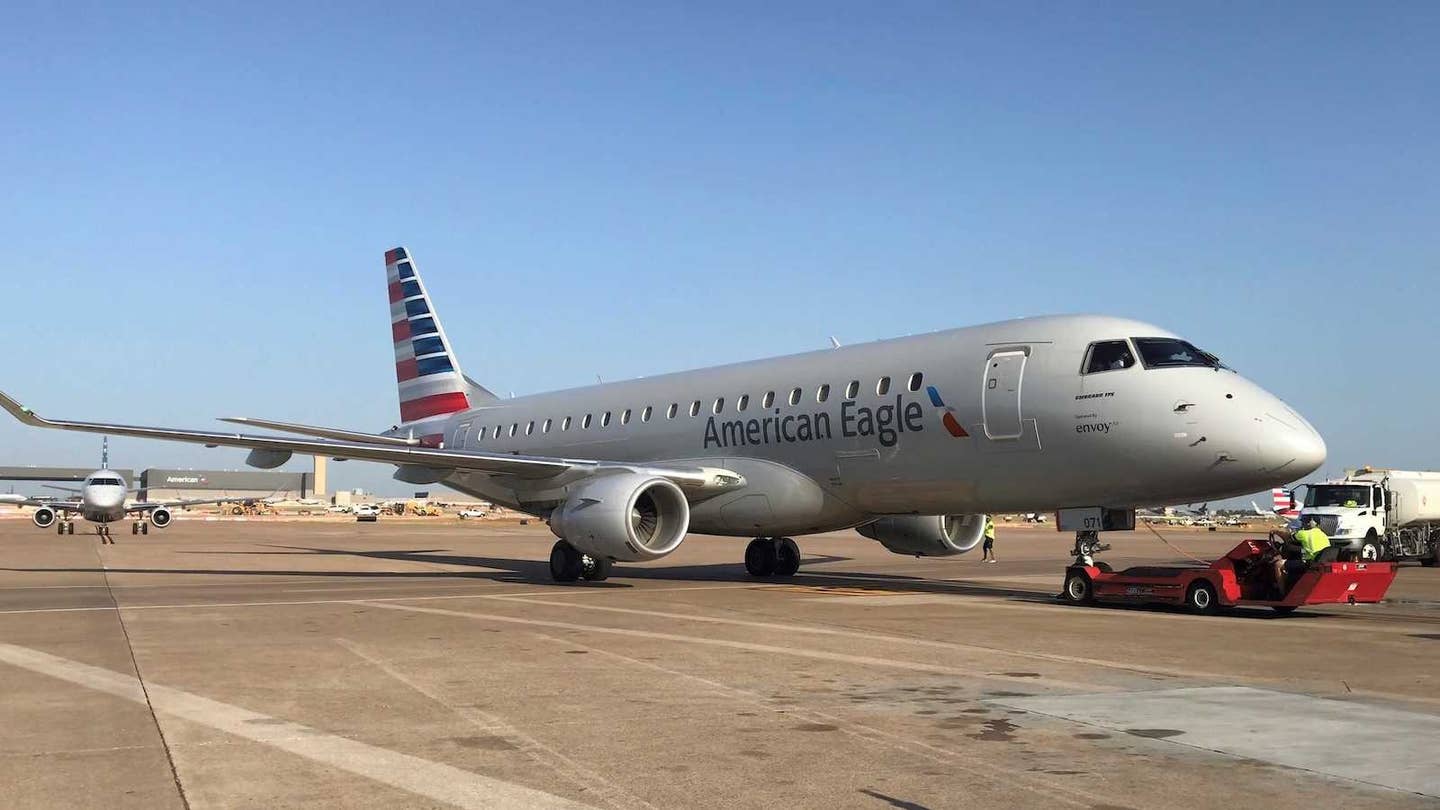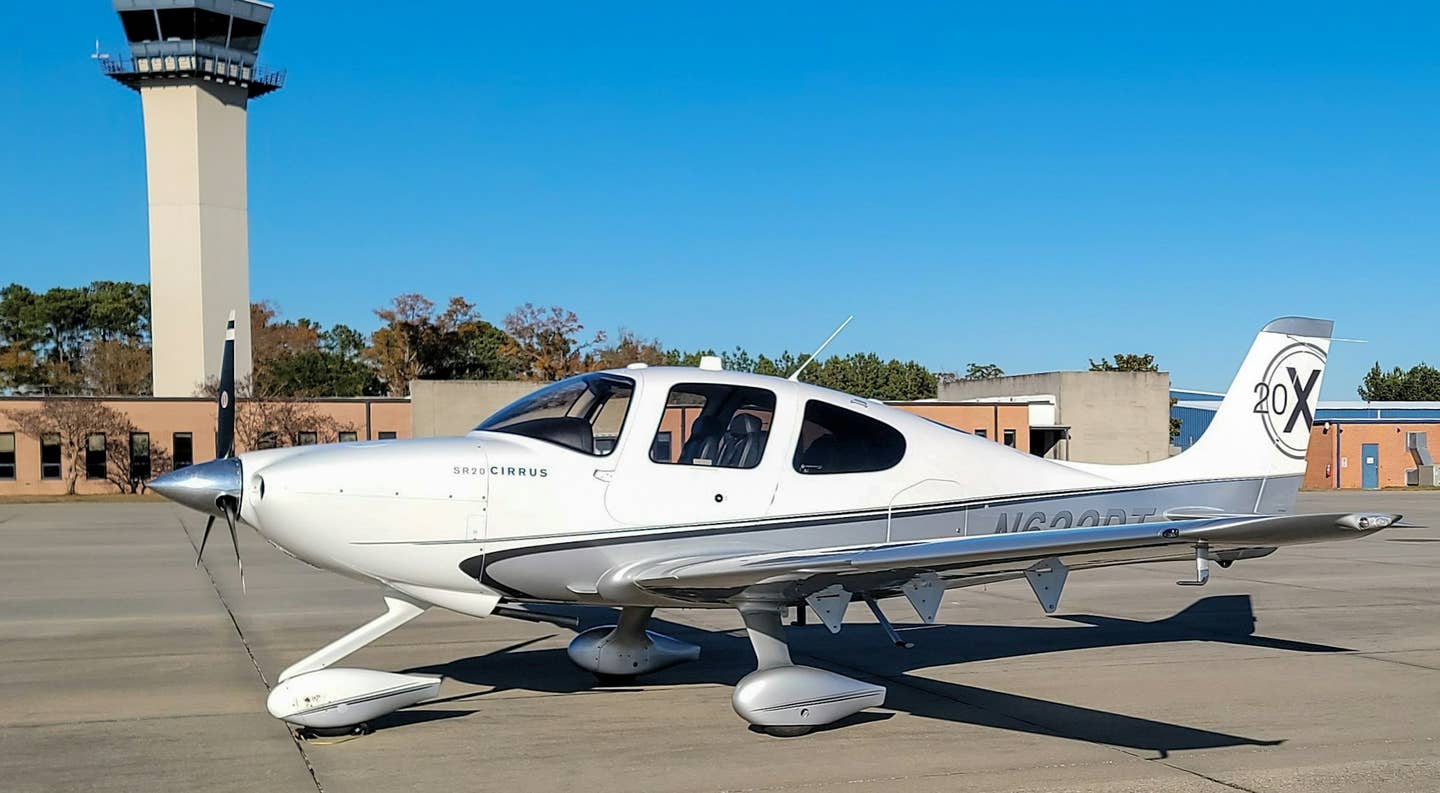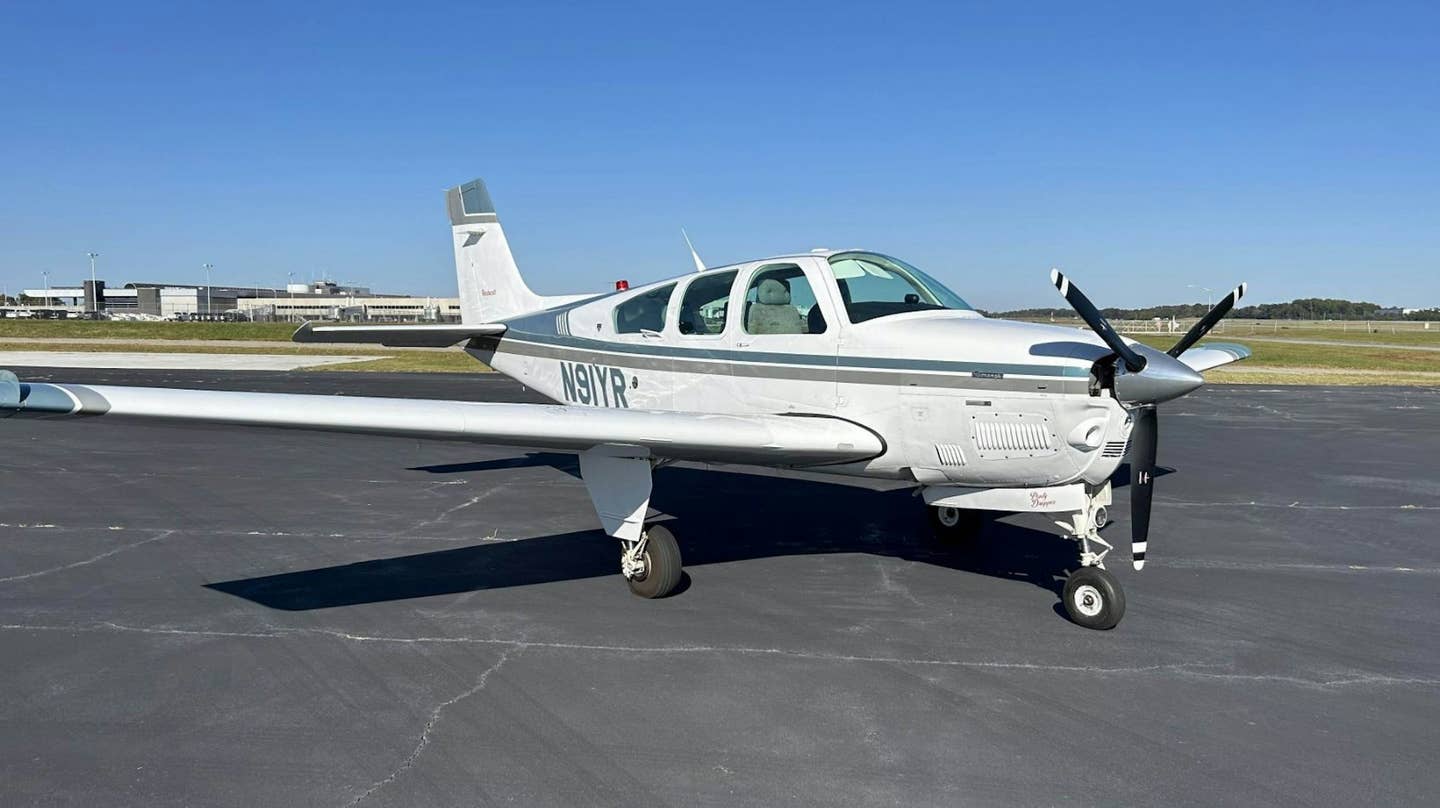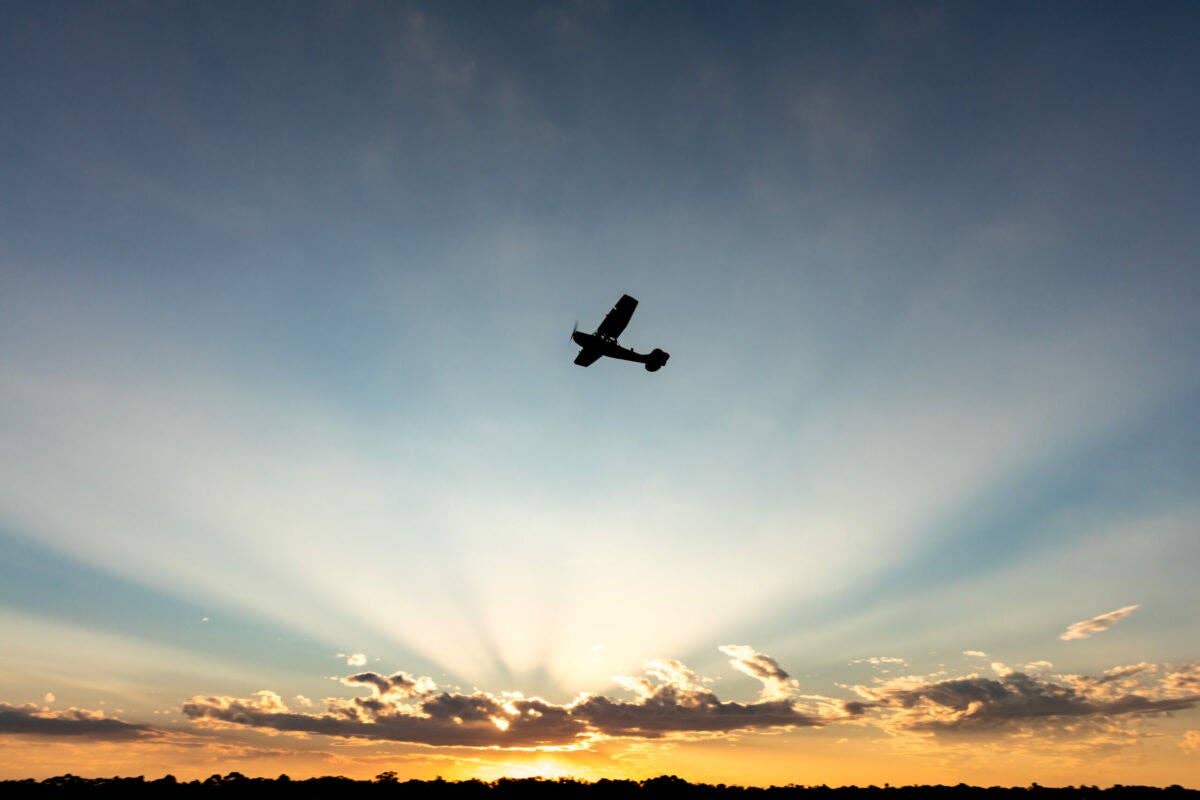
Art by Barry Ross
When I became a first lieutenant aircraft commander in the B-47 Strato-Jet, the most beautiful airplane ever built, I had many lessons to be learned. As to emergency situations, our instructors always advised us to maintain control of the airplane and then handle the emergency.
I, however, had another type of control to learn. In the Strategic Air Command (SAC), in order to maintain a combat-ready crew, we had multiple training requirements that needed to be accomplished every training quarter. Through inexperience I allowed several items to come due on the last night of the training quarter. So we were scheduled for a maximum-weight takeoff followed by a night heavy-weight midair refueling. This was accomplished in flight by taking on 30,000 pounds of JP-4 fuel. This was fairly routine and not a problem by itself. I might add that midair refueling was looked upon as an indication of pilot proficiency, if the pilot could complete a refueling without disconnect.
Scheduling then arranged for us to make a high-speed, Mach .81 (460 knots TAS) bomb run with a breakaway maneuver. The breakaway maneuver was made by rolling into a 45-degree bank turn at simulated bomb release and holding it through 90 degrees of turn. This was also fairly routine.
The problems started when arriving at the bombing range. When the co-pilot called bomb plot control with our bomb release information, requesting a high-speed synchronous bomb run with a breakaway maneuver, we found the only flight level available to us would be FL 350. This bomb plot was over the plains of Colorado with some very high mountains to the west and level plains to the east. After the refueling we were near the maximum gross weight for the airplane and had an optimum altitude of about 31,000 feet.
Should we try to reach FL 350 or wait for another lower altitude? On the other hand, if we could reach FL 350, we might complete the high-speed bomb run. Would SAC really downgrade my crew to nonready status just because we missed a breakaway maneuver? Without question! In SAC there was only black and white. If the training requirement was not met, you did not have a combat-ready crew. The decision was simple, although probably wrong. Obtain clearance to FL 350.
We just managed to climb to FL 350 by the time we reached the pre-initial point for our simulated bomb run. At this point we were well below 430 knots and had all six throttles full forward. As the airplane slowly tried to accelerate in this impossible situation, we waited patiently for the magic 460 knots to arrive. At the initial point we were still well below 460 knots and hoping to make the desired airspeed prior to simulated bomb release. We managed to arrive at the desired airspeed within seconds of the simulated bomb release.
With the airplane so far above its optimum altitude, although we had called in for a breakaway maneuver, I had already given up hope of completing this portion of the bomb run. I had planned to burn off fuel and/or request a lower altitude later. At simulated bomb release, I initiated a right turn to return to the pre-initial point for another bomb run. When I had 12 degrees of bank established in the turn, the airplane shuddered perceptibly. I knew the airplane was not happy and that I and my crew were in trouble. I immediately ceased increasing the bank. When I attempted to remove some of the bank, the B-47 said it had had enough of this and stalled. We were in an express elevator going down. The vertical speed instrument was pegged on the down side of the instrument, and the altimeter was unwinding rapidly. The heading indicator could not find a place to rest. It was dark, and the stars, so friendly seeming only moments before, were now rotating about my canopy. How many turns occurred in the spin? I have no idea. When we did spins in the T-6, we counted each turn. With the stars rapidly turning above me, I was more interested in stopping the rotation and getting back to level flight.
From long ago in pilot training I remembered the standard spin recovery that was drilled into us by our instructors: Retard the throttles, rudder opposite to the direction of spin, elevator to nose down. I initiated those procedures except throttles to idle, which I complied with as soon as the airspeed began to accelerate, and recovered in level flight at 16,000 feet and on an easterly heading. I can't help but think about the possible results if we had recovered on a westerly heading and a few feet lower in altitude, with the mighty Colorado Rocky Mountains in front of us. The copilot, one of the quickest and finest pilots I have flown with, immediately obtained clearance from Denver Center for our new altitude and then called the bomb plot for our scores. The bomb was good and the breakaway maneuver was scored exceptional as we broke lock on their radar.
So what did I learn? Maintain control of the airplane, schedule training appropriately, do not ever place the airplane in a position where it was not meant to operate, and never ever try to accomplish a breakaway maneuver by entering a spin in a B-47, even if it worked once.
To see more of Barry Ross' aviation art, go to barryrossart.com.

Sign-up for newsletters & special offers!
Get the latest FLYING stories & special offers delivered directly to your inbox

